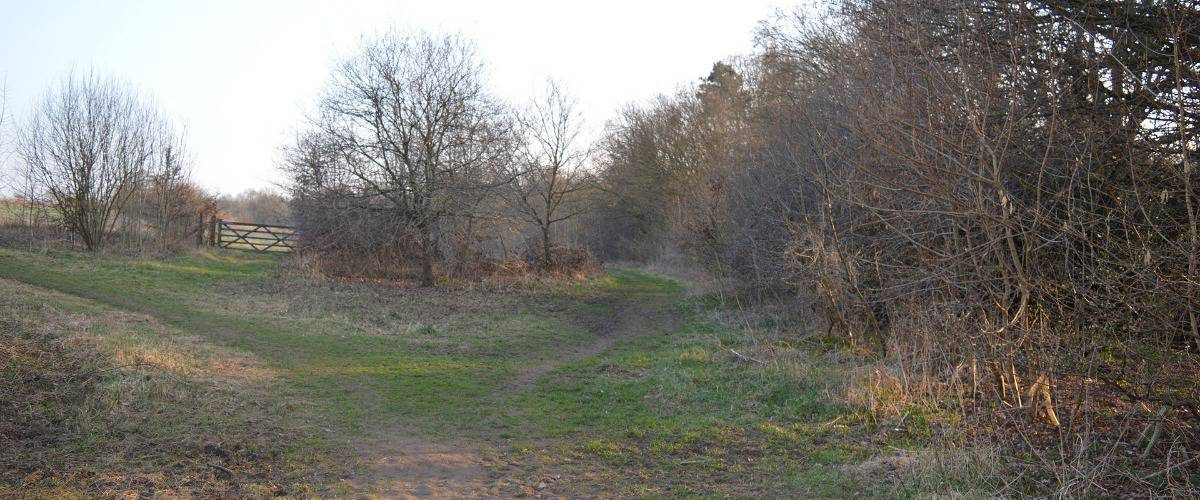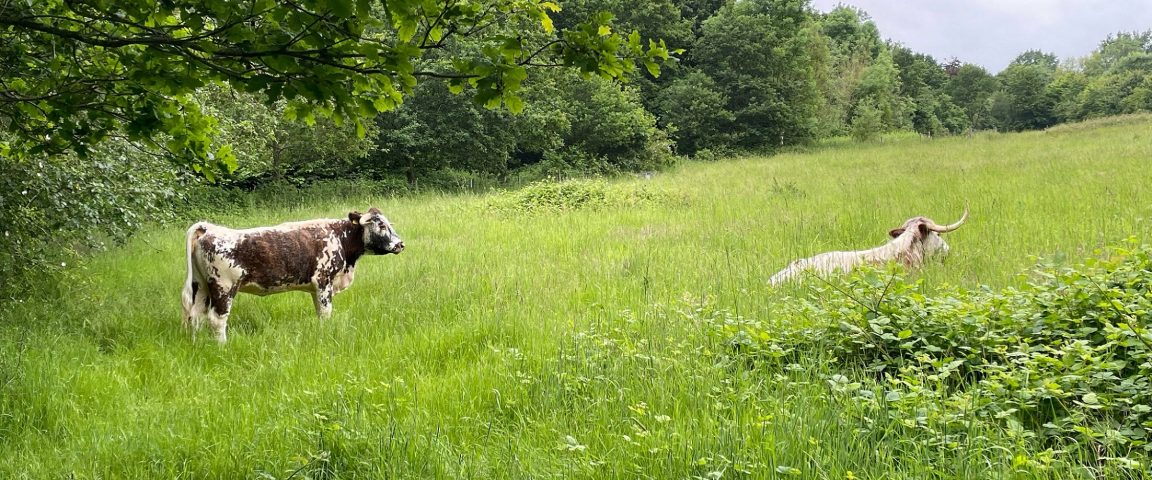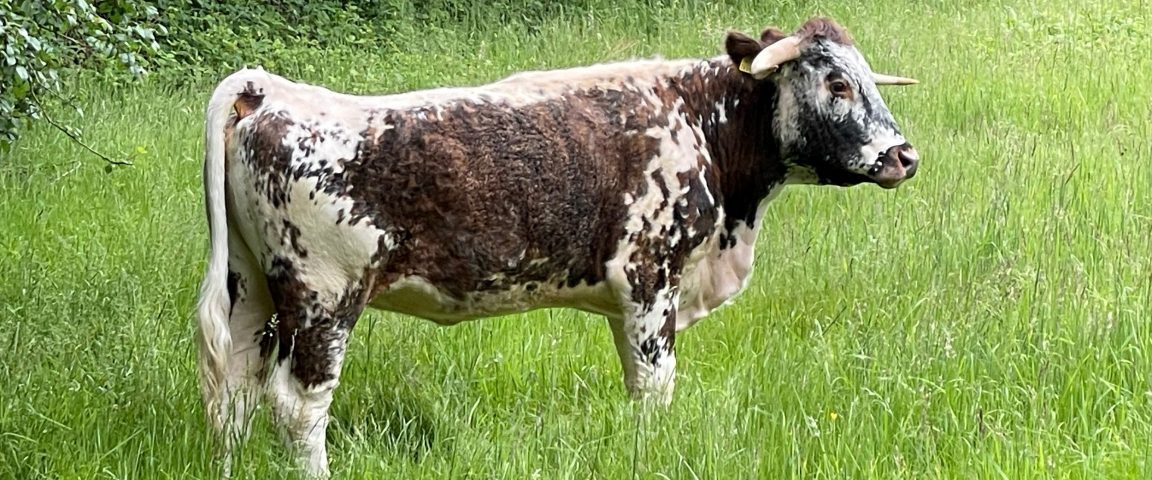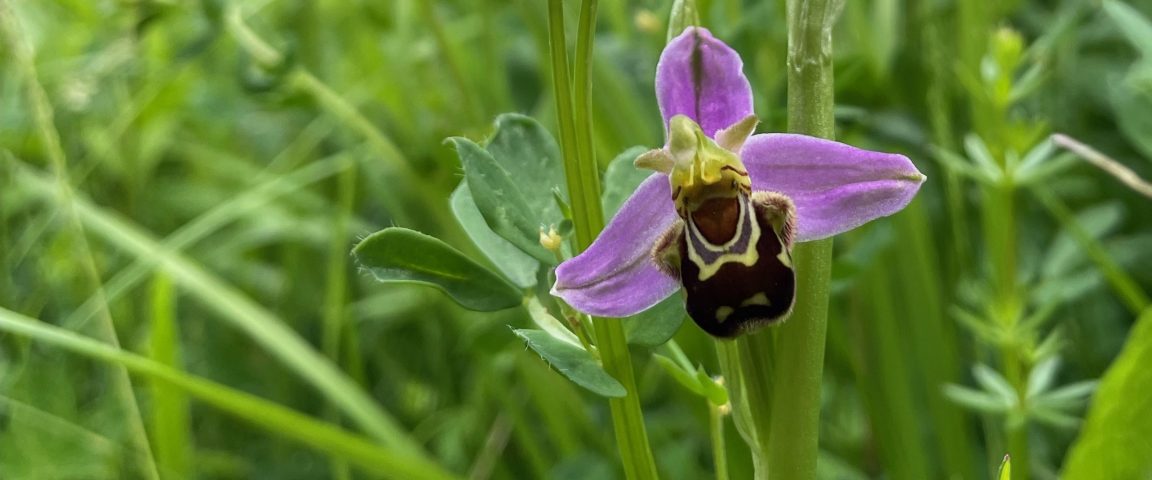The Commons
Open all year
A delightful, quiet nature reserve in south WGC, with a range of habitats including oak woodland, calcareous fen, meadows, ditches and ponds.
Birdwatching
Wildlife
The birds on site are monitored by a warden with a special license to handle them. If you are lucky enough to walk around the site in late afternoon, you might see one of the barn owls which breed on site, hunting in the meadows.
The volunteers install and maintain many bird boxes around the site for a variety of bird species.
Calcareous fen & viewing platform
Viewing Platform
Calcareous fens form following long periods of peat accumulation in very wet areas of slowly moving water. The area is spongy and dense and holds large amounts of groundwater throughout the year. The pH is very high, due to it’s ancient origins from limestone rock. This alkaline, constantly waterlogged growing conditions attract niche plants and insects.
Calcareous fens are rare because they need a very long time to form undisturbed, whilst having the right geology and consistent hydrological conditions.
They are special because they are home to plant species adapted to their stable hydrology and high-pH, low-oxygen, low-nutrient conditions.
Calcareous fens are sensitive because their unique conditions can be readily disrupted by human activities. Land use changes, even outside the site, can alter their specific hydrology with profound impacts on the habitat. Pollution from runoff can introduce nutrients, leading to invasion by opportunistic and non-native species. The soft, spongy peat can easily be disturbed or destroyed by humans or livestock.
Conservation grazing
Agriculture/Grazing
Longhorn Cattle graze the grasslands periodically throughout the year. This breed is ancient. Traditionally sought after for its quality milk and meat, the cows are now used for their clam nature and hearty appetites!
There are also four resident Hebridean sheep which manage the fen areas. This breed is small and very rugged. As the breed is very old, they can thrive on the type of vegetation which grows in this location, which is low energy values. As they are not a heavy sheep, they cause minimal damage whilst they browse the delicate sward.
Hedgelaying
Nature
This is a traditional and very old maintenance practice where the plants are periodically trimmed, coppiced (cut down to a low level) and manoeuvred at an angle to make a wall of woody animal proof plants.
A layed hedge can provide shelter for livestock, a home for wildlife, a vantage point for hunting birds, and forage for all. They also have heritage and scenic value.
Even with regular trimming, the hedge can become gappy and thin, slowly losing the benefits. The hedge can be layed again to rejuvenate it. Some hedgerows are ancient, and this cycle of laying and aging have happened dozens of times.
Oak woodland
Nature
The oaks in this location are English oak, Quercus robur. This is the most frequently found oak species in the UK, but very important to this nature reserve.
All parts of an oak tree provide forage for another species, even the fallen leaves in autumn and winter provide sustenance to soil living mini-beasts.
Reptiles & amphibians
Wildlife
The slow worm is really a legless lizard. They love basking in a sunny spot and can be seen by those with keen eyes in the meadows and woodland edges between March and October.
Grass snakes are a beautiful green colour, with a yellow and black collar, black bars along their length and a pale belly. They can sometimes be seen between April to October in wetter parts of the reserve, near ponds and the fen.
Neither of these reptiles and poisonous and like to be left alone. If startled or threated, they can play dead, so it is best to not try to pick them up if you find one.
During the winter months they hibernate in a state known as brumation.
Great crested newts are amphibians, breeding in ponds during the spring and spending most of the rest of the year feeding on invertebrates in woodland, hedgerows, marshes and tussocky grassland. They hibernate underground, among tree roots and in old walls.
Newts appear slightly warty, black, with tiny spots on their sides. They have orange bellies with black spots whose pattern is as induvial as fingerprints. In spring, during breeding season they have a wavey crest.
Treescape
Feature Tree
You might see coppiced stools. Coppicing is when trees are cut down to a short stump and allowed to re-shoot with lots of wands. These are allowed to grow for a time until they are cut down again.
There are also a number of pollards. Pollarding is when a tree is cut back to a skeleton, traditionally no taller than a human. This encourages the tree to produce lots of new shoots which will be harvested once they reach the desired size.
There is a long history of managing trees like this in the UK. The smaller branches had many uses from kindling to feeding animals. The trees also proved to be great habitat, with lots of forage or little holes for small animals, birds and insects to hide in. The regular harvesting also meant the soil and other herbs and bulbs around the trees would also benefit from periodic additional light and solar heat.
Windmill Hill
Nature
The lower field is grazed by longhorn cattle from May to August. These cattle are very gentle and ensure the field does not become overgrown with fast growing weeds.
The upper field is specifically managed for birds. Each year it is sown with a curated wild bird seed mixture in March.
This field also has a beetle bank which provides nesting and foraging habitat for farmland birds, small mammals, and insects, including bumblebees. Tussock forming grasses are especially attractive to ground-nesting birds.
Park Information
This area lies around the southern boundaries of the QEII Hospital and has a range of habitats including oak woodland, calcareous fen, meadows, ditches, and ponds. Originally purchased as building land, it now plays host to a rich diversity of both animal and plant species including slow worms and great crested newts.
Access is via footpaths off The Commons, Howlands, Queens Avenue and Caponfield in Welwyn Garden City.
How we manage the site
The Countryside Stewardship grant has helped fund a programme of hedge-laying and planting, the annual cropping of a wild bird mix to provide winter food for farmland birds such as corn buntings and yellow hammers, and the provision of fencing to create paddocks for grazing livestock.
Rare breed cattle are now being used on the reserve as a way of managing the land in a natural way to maintain flower-rich meadows. During each winter, small areas of woodland around the fen will be coppiced to regenerate the trees and bushes and to restore fen vegetation to the wetter areas. The arable field will continue to be sown in spring with Wild Bird Mix which will provide seeds in winter to attract birds such as linnets and yellowhammers.
At all our sites, we manage them with a balanced consideration to improve both wildlife biodiversity and public amenity whilst providing a safe and attractive experience for visitors.
All of our major sites have a dedicated ecological management plan which is used to help tailor the management to suit differing landscapes and habitat types.
Volunteer with us
Much of the practical work on this nature reserve is undertaken by Commonswood Nature Watch and other local volunteers.
If you have time to spare and would like to help with anything ranging from path maintenance, coppicing, hedge restoration, bird and butterfly survey, please contact Welwyn Hatfield Council.
On Site Facilities
- Dogs Welcome

How to get here
Parking:No available parking.
Public Transport Information:Information on public transport is available here: www.intalink.org.uk and www.nationalrail.co.uk.
Cycling:No designated cycle paths but areas may be cycle friendly.






Share your experience
Tell your friends on social media about what you did at The Commons: